As with most radios I acquire, no attempt was made to power this one up prior to the rebuild but I really wonder if it ever worked after this "repair".
With some luck, one of the fellows on the Philco Phorum site had an original cap can, so I was off to a good start.
People hate these chassis. they were used in consoles like the R-10 with the same speaker, pictured below. In this case a GE J-85. This version uses 8 tubes with one dedicated to the AVC which was a step up from the 7 tube chassis. An even more cramped 9 tube chassis had push pull output tubes,
The resistors and caps, not found in the can, are mounted to a board which is mounted so that the parts are inaccessible. Both if the IF transformers are mounted under the chassis.
So, if you are ever inspired to work on one of these, or the 7 tube version, or the 9 tube version, I have a few tips.
At this point I should mention that I have been finding more and more 1930s radios that need either a significant portion or all of the original cloth covered wire REPLACED. This has been true for rubber insulated wire for years now, but, as time passes more and more of the original cloth covered wire is becoming unsafe. The wire in a lot of Atwater Kent power supplies and that used in many AK power transformers also comes to mind.
In all, I replaced about 80% of the wire in this chassis.
Pictured below with most of the dog-bone resistors replaced and the 2 caps rebuilt. The resistors were replaced with new recast resistors with at least a 2 watt rating for a better safety margin. And one resistor was put back were it was supposed to be. The big wire-wound on the left was probably not original
It looks a lot better. I did not expect it to work on the first try BUT IT DID!
After an alignment and a little work on the cabinet, (Below) it was put on display.

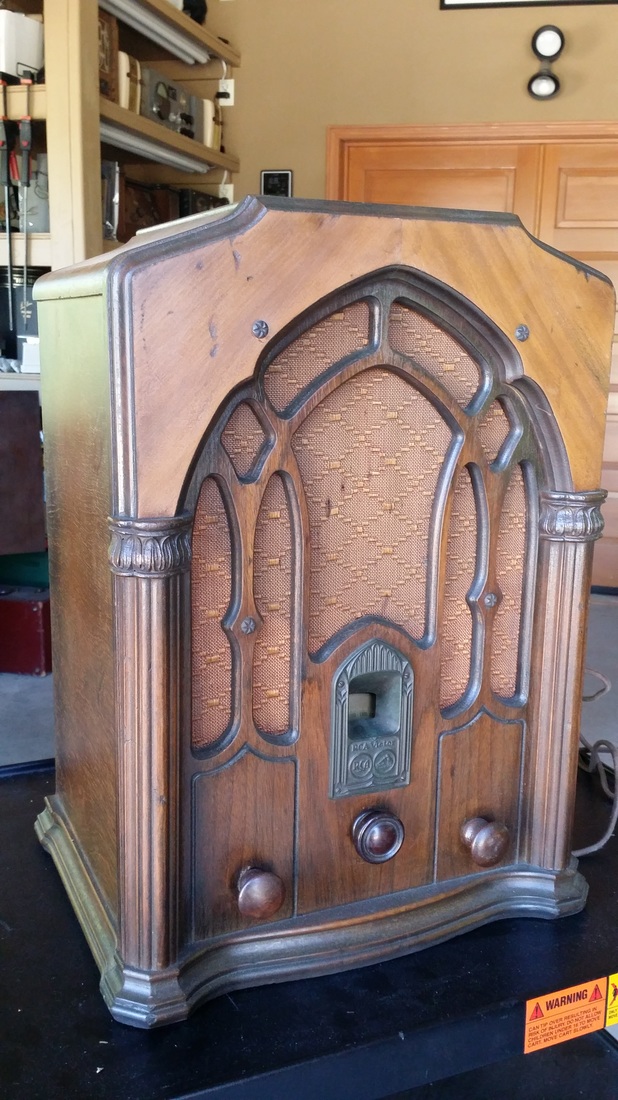
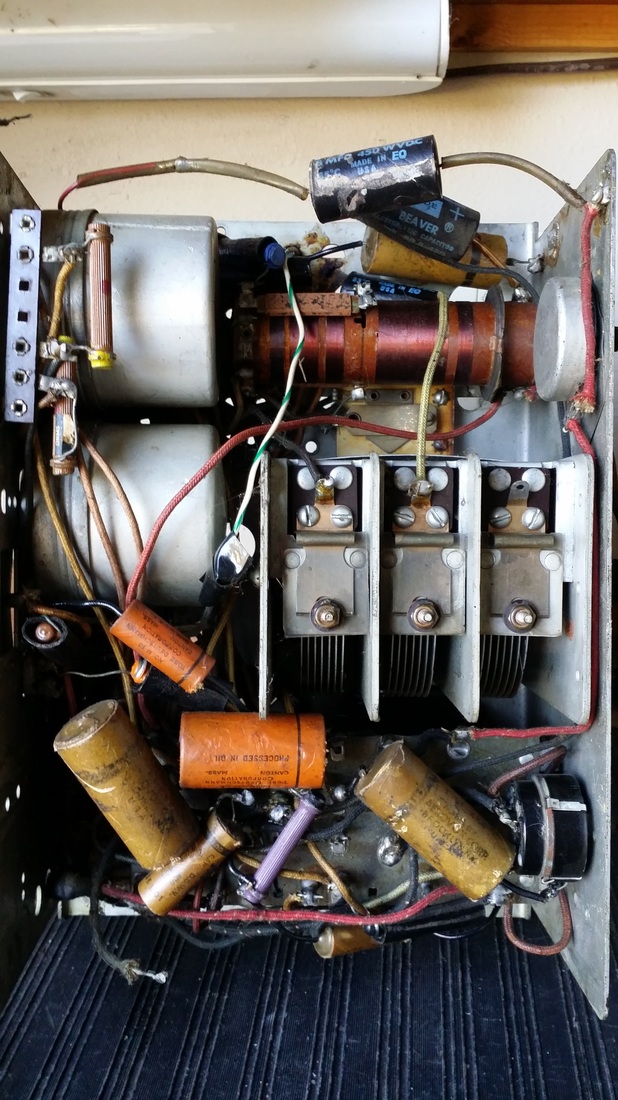
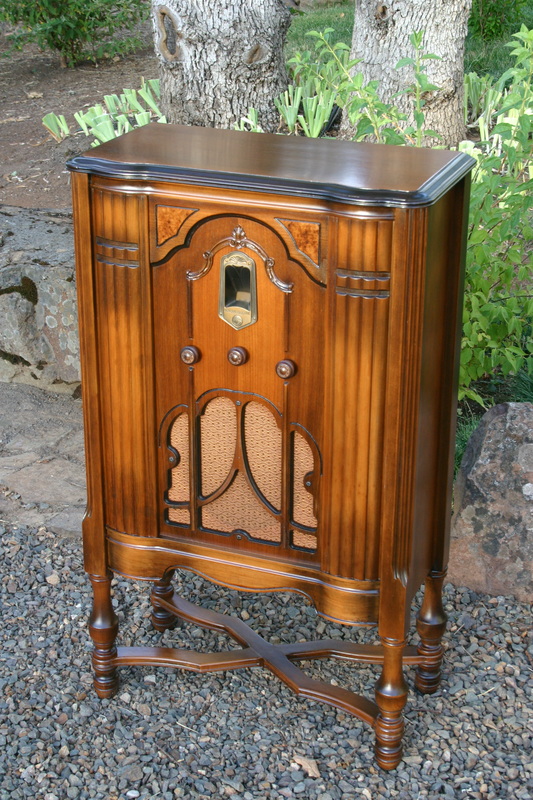
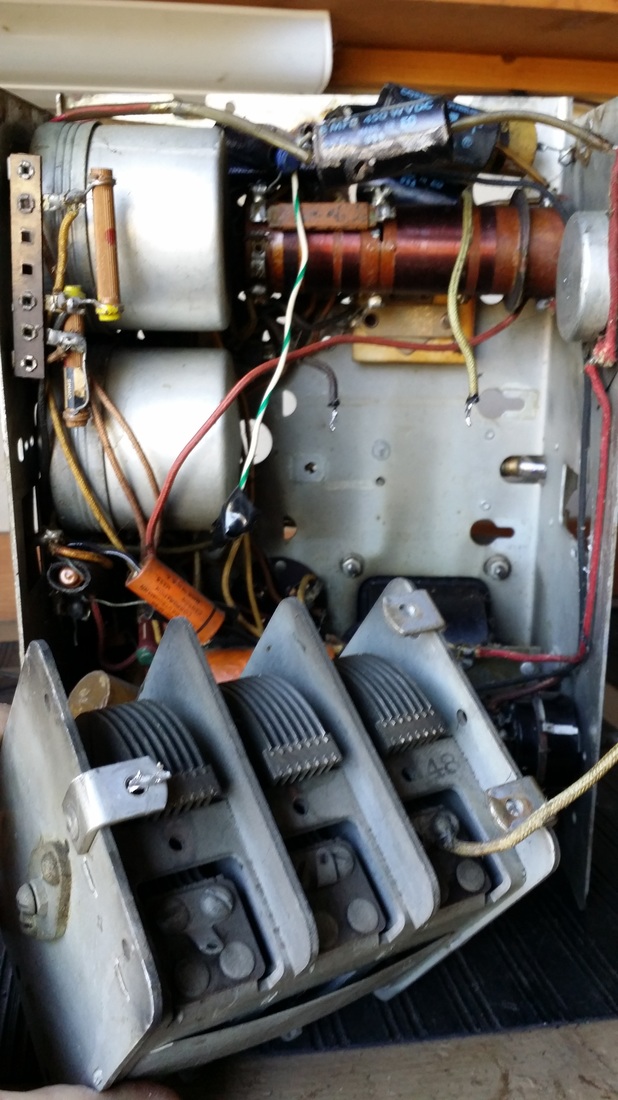
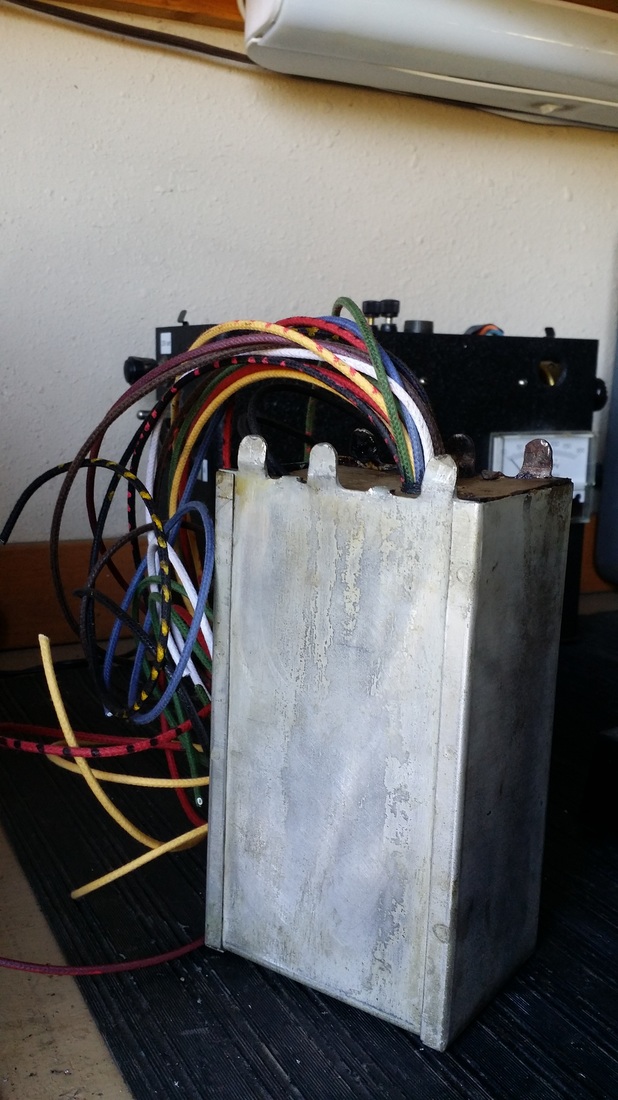
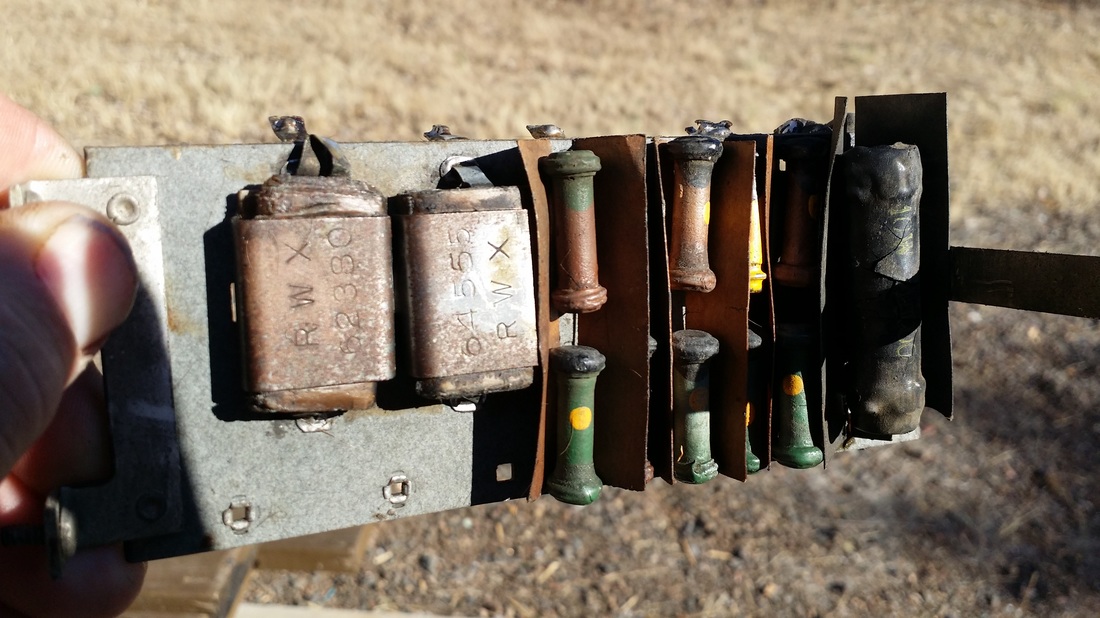
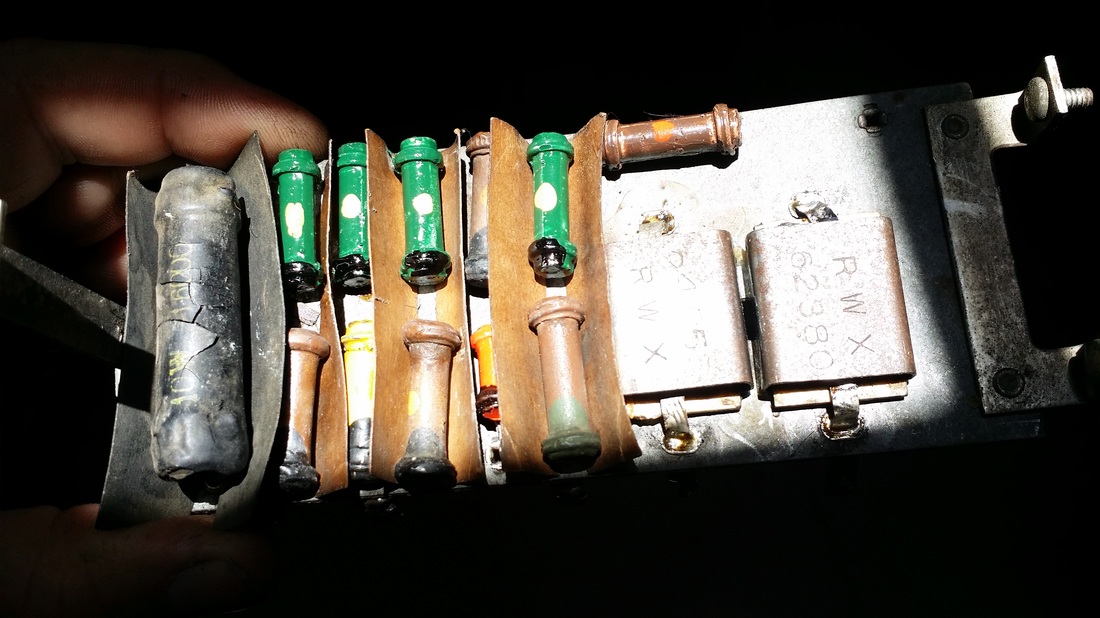
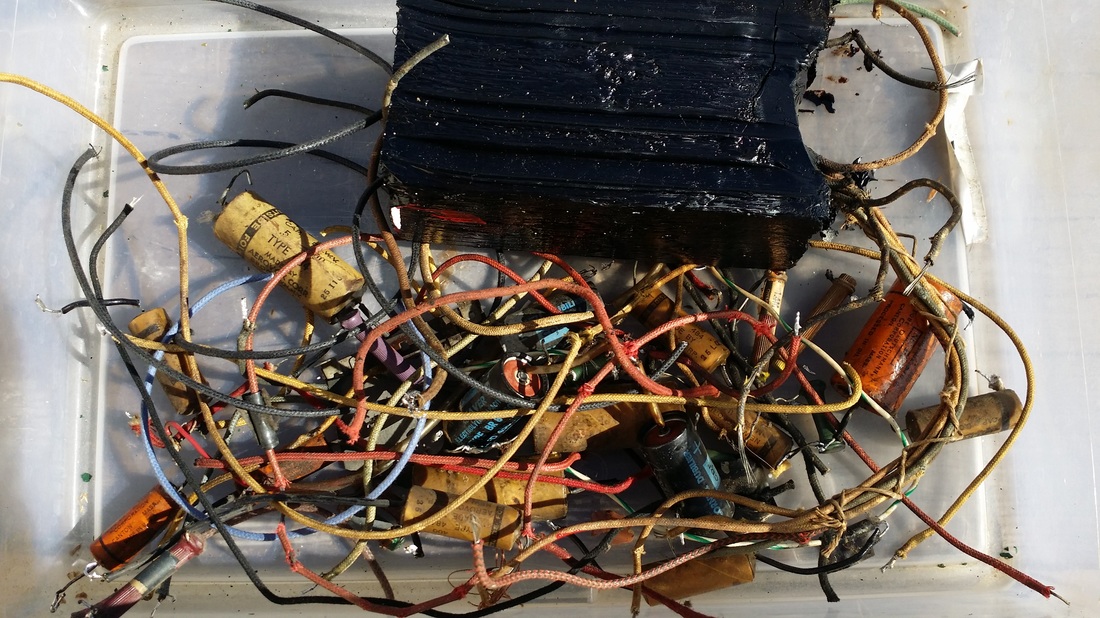
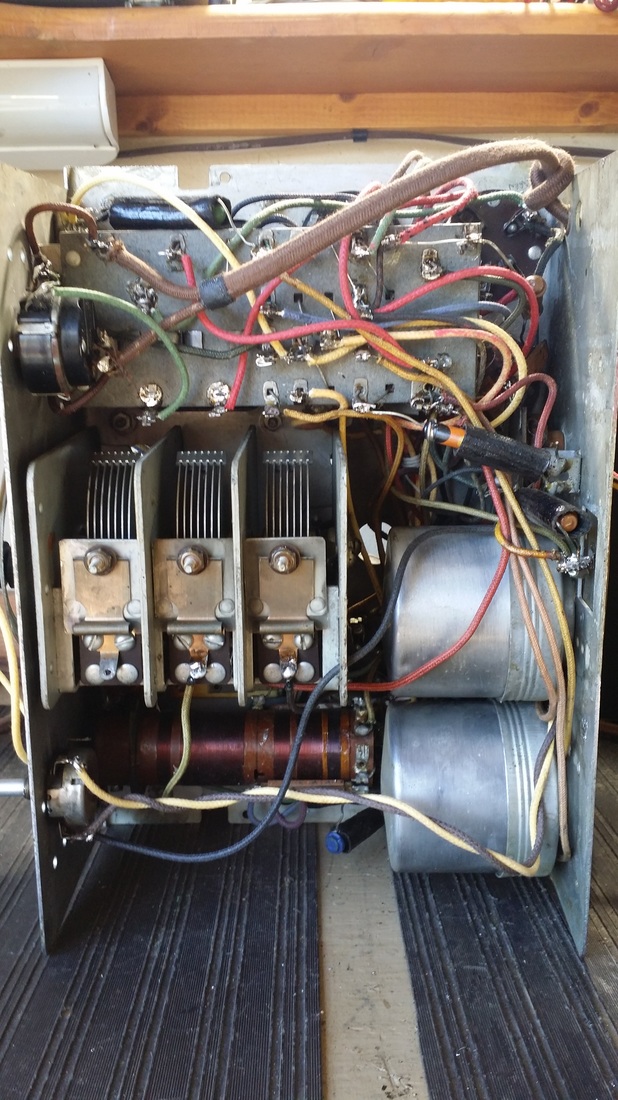
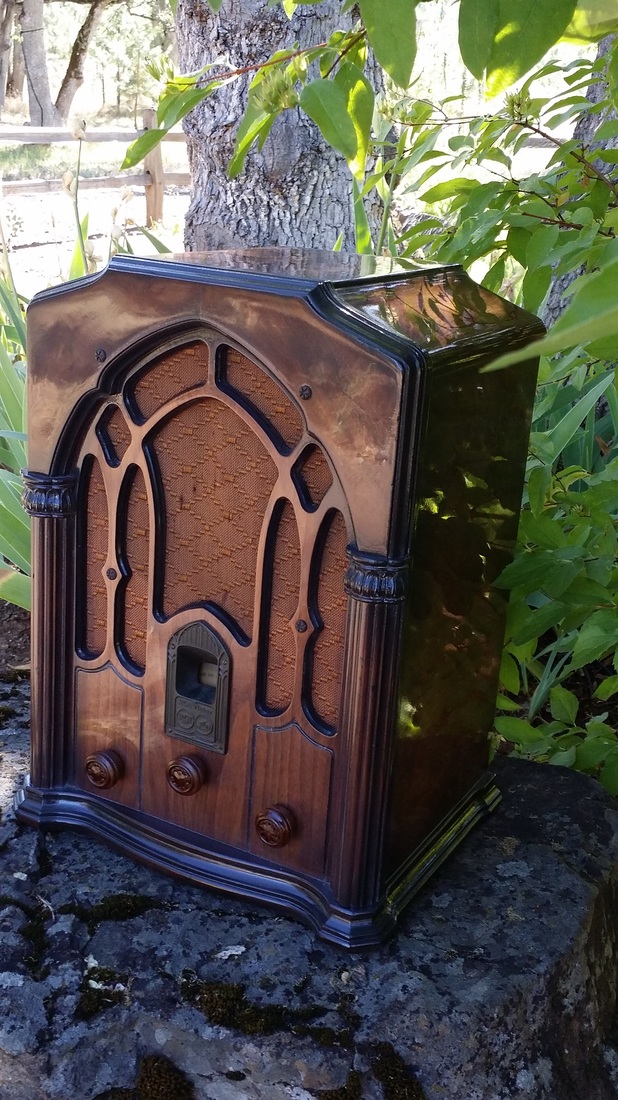
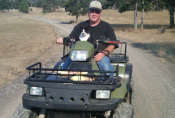
 RSS Feed
RSS Feed